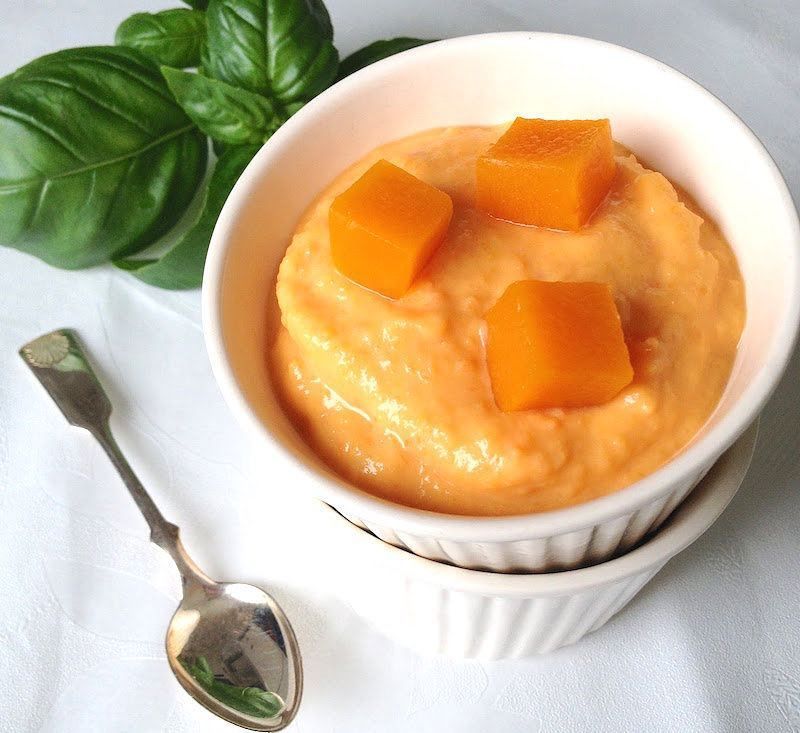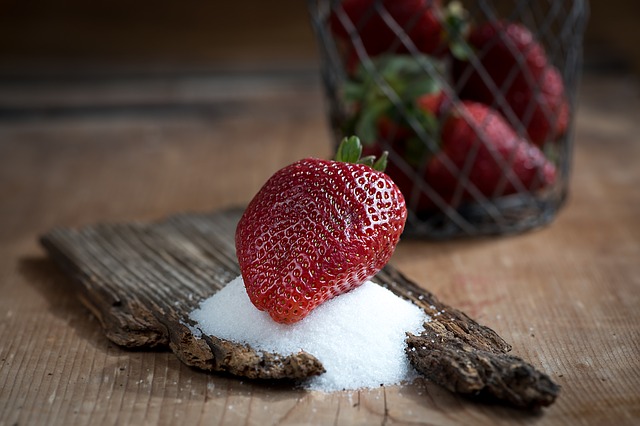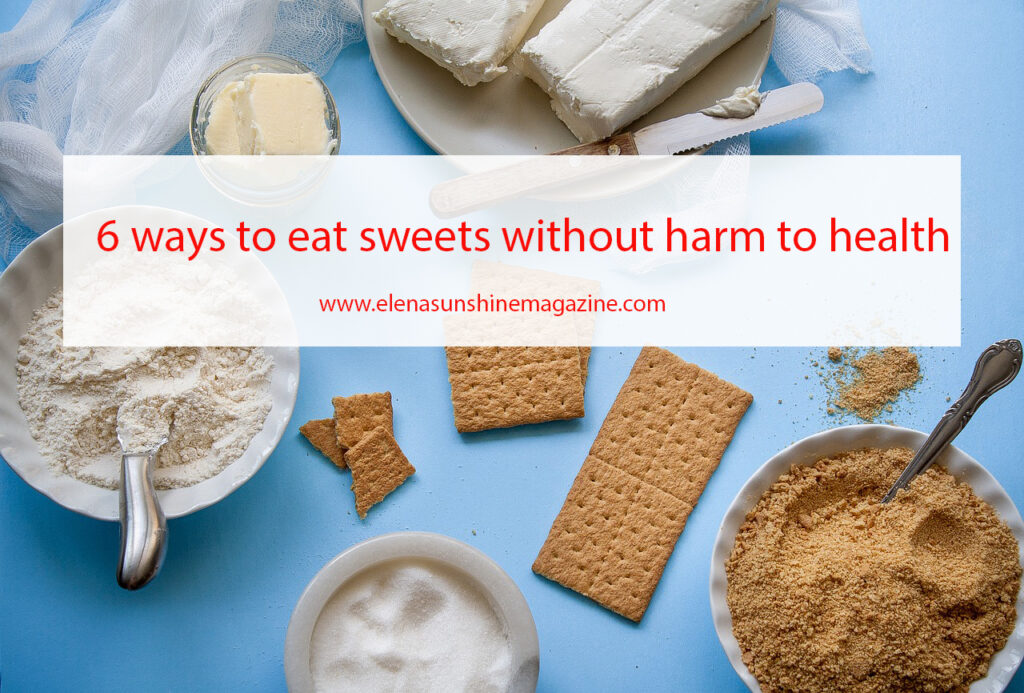And what to do? Is there really no way to eat sweets without harm to health? 6 ways to eat sweets without harm to health.
A sugar resource is the ability of the body to consume sweets and other simple carbohydrates (vegetables with a high glycemic index — such as beets and carrots, as well as cereals and products made from them) without health consequences.
Optimal regulation of blood sugar is stable health, freedom from sugar addiction, stable concentration and more balanced behavior in children and adults, smart, beautiful, and active longevity.
Your blood sugar regulation is optimal if:
You comfortably maintain the intervals between meals of 4 hours +;
It’s easy for you to abstain from sweets and flour;
Naturally, the pillow “deflates” on the stomach;
Your energy level is stable throughout the day – there is no need to maintain it with coffee and rolls;
You have long-term concentration and a clear head.
The symptoms of well-being will tell you everything!

Symptoms of a violation of blood sugar regulation: 6 ways to eat sweets without harm to health.
After just a couple of hours after eating, severe hunger appears;
Often haunted by thoughts of food, irresistibly drawn to sweets;
Hunger arises on a nervous basis, I want to “jam” stress;
Mood and energy jump during the day, and there are declines in strength;
There are regular difficulties with sleep, concentration, and memory;
It is not possible to lose weight in any way, fat accumulates on the stomach and waist.
To dismiss these symptoms and postpone their resolution “for later” means to create a situation of chronic stress for the body and expose its weaknesses.
These strategies will help you lower your sugar levels, and stop the sharp fluctuations in blood sugar that are dangerous for your health and unpleasant for your well-being.
Method # 1. 5-10 minutes before eating, eat a product with a bitter taste – it can be radish, ginger, or arugula-type greens. The bitter taste promotes blood flow to the digestive organs, stimulating each of its (digestion) stages.
Bitterness stimulates the production of digestive enzymes, including amylase, which is responsible for the digestion of carbohydrates and helps to neutralize spikes in blood sugar.

Method #2. If you decide to try only one strategy, use this one! Start your meal with protein-rich foods (eggs, fish, meat) and vegetables. Eat them until full. Only then proceed to other products and dishes.
In response to the consumption of protein, the level of insulin increases moderately, which is necessary for the body to assimilate and use amino acids (components of protein). The blood sugar level decreases at the same time. Our blood sugar levels rise in response to any energy sources – both carbohydrates and fats.
At the same time, fats and carbohydrates without enough protein do not give us a long-term feeling of satiety. They are easy to overeat. When we start each meal with sources of protein and vegetables, over time a stable and pleasant feeling of satiety comes, we automatically eat less, and the sugar level decreases.
Method # 3. Immediately after eating, move for 5 minutes – it can be a walk around the office or any exercise available to you. Muscle contractions are also considered movement. Physical activity and muscle contractions help glucose from the blood get into the cell, thus reducing blood sugar levels.
Increase the sugar resource and eat sweets without harm: 6 ways to eat sweets without harm to health.
Method # 4. Add enough fat to the diet. Fats perfectly balance incoming sugars, slowing their release into the blood. Important: fats should mainly be cold-pressed vegetable fats, and even better if they are fats with a high content of OMEGA-3.

Method # 5. Eat foods rich in zinc. Zinc improves the sensitivity of cells to insulin, which means it will be easier for them to deliver glucose to the cells. Once in the cells, glucose will stop poisoning your body, as if it had been circulating in the blood for a long time. Champion products in terms of zinc content: mussels, oysters, cocoa, sesame, cashews, and flaxseeds.
Method # 6. Physical activity in the correct format.
That’s what can be an effective exercise for improving insulin sensitivity:
Power load (ideally a short and intense) empties the glycogen (sugar) in the muscles and liver, to where to store the incoming sugar;
Walk metabolic switch from burning sugar to burning fat, reduce cravings for sugar and, consequently, the production of insulin;
Movement during the day – even if it is a circle around the office or room – helps sugar get into the cells without the participation of insulin.

Lifestyle: Our lifestyle can have an effect on our health, including on sugar and insulin levels, comparable to food. As long as sleep is not adjusted, as long as stress does not leave us, it is unlikely to get rid of insulin resistance for a long time and steadily.
Therefore, important priorities should be the restoration of full sleep; stress management as a way to limit your own sugar production (gluconeogenesis).
In order for life to be sweet, sugar does not necessarily have to be present in it. Rather the opposite. Health and longevity as a result of an optimal lifestyle will give much more stable positive emotions.



